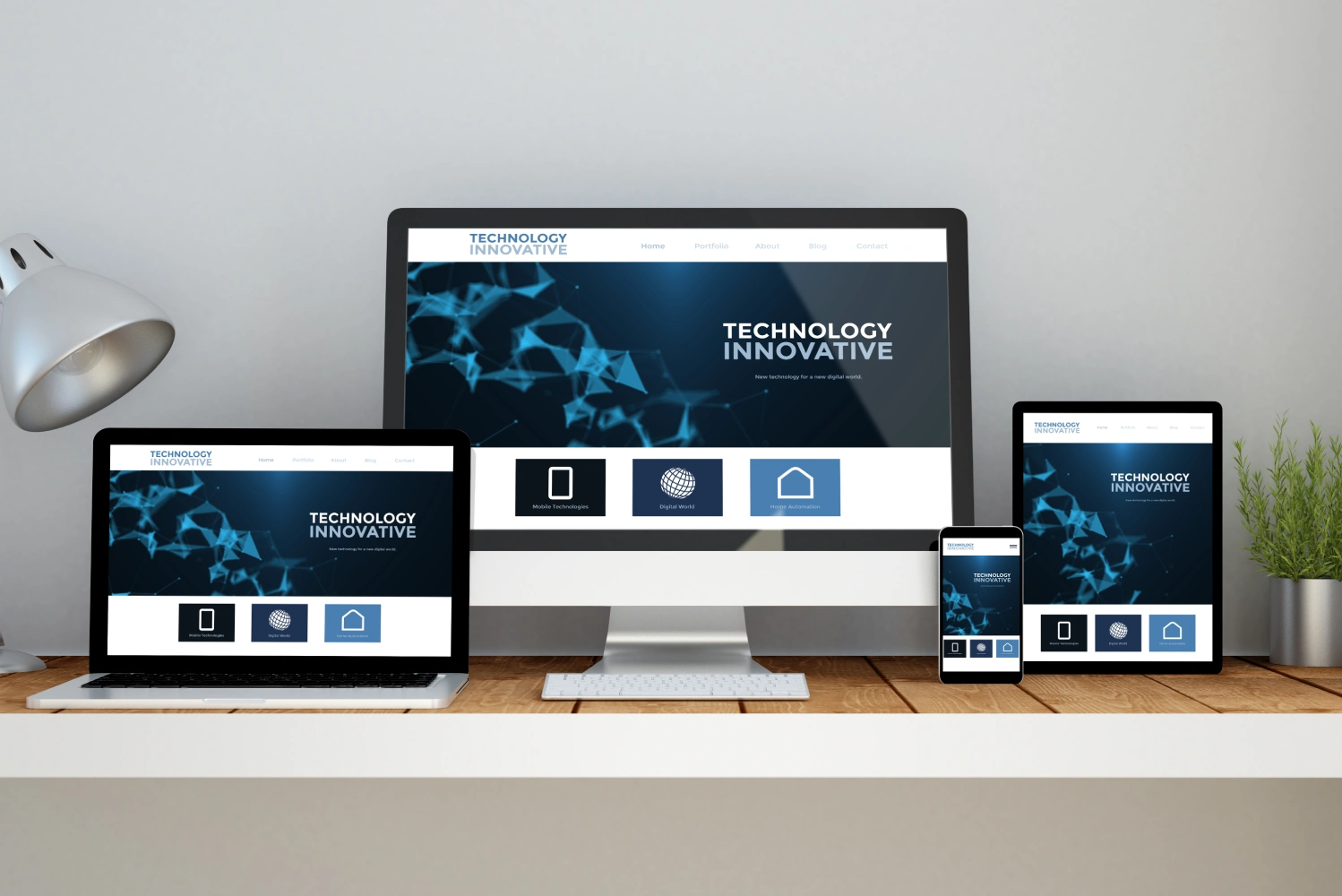
With over 60% of web traffic coming from mobile, optimizing your website for smartphones and tablets is critical to staying competitive. Mobile optimization means responsive design, fast page speeds, and intuitive navigation to provide a seamless user experience. By prioritizing a mobile-first approach and leveraging technologies like chatbots and mobile payments, you’ll engage customers and drive conversions. Failing to deliver a friction-free mobile experience risks losing business to competitors. Dive deeper to discover the key strategies for mobile success.
The Growing Mobile Usage Trend
As mobile devices increasingly dominate global website traffic, entrepreneurs must adapt to the evolving landscape or risk falling behind the competition. Over 60% of web traffic now comes from mobile, a trend Google has recognized by prioritizing mobile-friendly sites in its rankings. Customers access your website on-the-go during commutes, while in line, or in stores, underscoring the importance of mobile optimization. To deliver an exceptional user experience, your site needs a responsive design that adapts seamlessly to any screen size. Quick loading times are also crucial – consider Accelerated Mobile Pages for your mobile version. Ultimately, investing in a fully mobile-optimized website is no longer optional; it’s essential for staying competitive and successfully growing your online business in today’s mobile-centric world.
What Mobile Optimization Means
Mobile optimization is the process of tailoring your website to deliver an optimal user experience across various mobile devices. It involves implementing responsive design to ensure your web pages adapt seamlessly to different screen sizes. You’ll need to focus on page speed optimization to minimize bounce rates from impatient mobile users. Simplifying your site’s navigation with intuitive, mobile-friendly menus is key. Integrating mobile payment solutions provides a frictionless checkout experience. Google’s mobile-first indexing means your mobile site is the basis for rankings, so prioritizing the mobile user experience is critical. By creating mobile-optimized websites, you’ll engage and convert more mobile users into customers. Embracing mobile optimization positions your online business for success in an increasingly mobile-centric world.
Technology Integration: Enhancing The Mobile Experience
To fully optimize your mobile presence, integrating the right technologies is key. Adopting a ‘mobile-first’ approach means prioritizing smartphones and tablets, considering user behavior to craft an exceptional mobile experience. Leverage mobile applications, chatbots, and AI for personalized, responsive customer service. Integrating social media with direct purchasing streamlines the buying process for mobile-savvy consumers. Implement mobile-friendly CRM to effectively manage customer relationships on-the-go. As web developers optimize for mobile, emerging technologies like voice search and AR can further elevate your mobile-optimized site. Embracing these technologies positions your business for the future of mobile, enabling you to engage customers, drive conversions, and thrive in an increasingly mobile world. The importance of mobile cannot be overstated—it’s crucial for online business success.
The Future Of Mobile Optimization And Tech Integration
The future of mobile optimization and technology integration is a dynamic landscape that businesses must navigate to remain competitive. Embracing a mobile-first approach is crucial, as evolving consumer expectations drive the need for continuous innovation in mobile optimization and user experience. To stay ahead, prioritize personalized, real-time customer experiences through optimized website design, search engine optimization, and local SEO. Streamline business listings and expand payment options to cater to diverse preferences. Incorporate clear calls to action to guide users seamlessly through your mobile platform. While face-to-face experiences may complement mobile in certain situations, investing in mobile optimization and technology integration is essential for long-term success in the rapidly changing digital world.
Key Takeaways
In summary, mobile optimization and technology integration are no longer optional for businesses aiming to thrive in the digital era. You must prioritize responsive design, fast page speed, simplified navigation, and mobile payment integration to deliver a seamless customer experience. Leveraging mobile apps, chatbots, and social media can further engage your audience and drive conversions. As consumer expectations evolve, it’s crucial to adopt a mobile-first approach while balancing it with face-to-face experiences. Failing to provide a friction-free mobile purchasing experience risks losing customers to competitors. By continuously innovating and adapting to changing consumer needs, you’ll position your business for long-term success in an increasingly mobile-driven world. Embrace mobile optimization as a critical strategy for growth and customer satisfaction.
Frequently Asked Questions
Why Is Mobile Optimization Important?
You must prioritize mobile optimization because most users access your site through mobile devices. Improve their experience with a responsive layout, streamlined navigation, and fast loading speeds to boost conversions and stay competitive.
How Does Mobile Usage Influence SEO and Online Advertising Strategies?
You must optimize mobile content delivery and site speed for higher search visibility. Analyze mobile traffic to fine-tune ad targeting and audience segmentation. Prioritizing mobile user experience boosts ad click-through rates and conversion rates.
What Is the Importance of Mobile Friendliness in SEO?
To rank high in mobile search, you must prioritize mobile-first indexing, fast page speeds, and optimized site structure. Conduct mobile keyword research, run targeted ad campaigns, and track conversions. Continuously test and refine your mobile UX.
What Does Optimized for Mobile Mean?
When your site’s optimized for mobile, you’re providing a seamless user experience with minimal loading times, readable content, easy navigation, visible calls-to-action, and a responsive layout. It’s compatible across devices and includes mobile-specific features.


